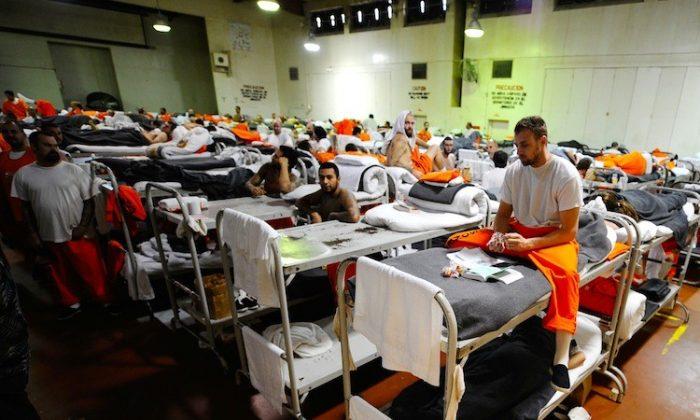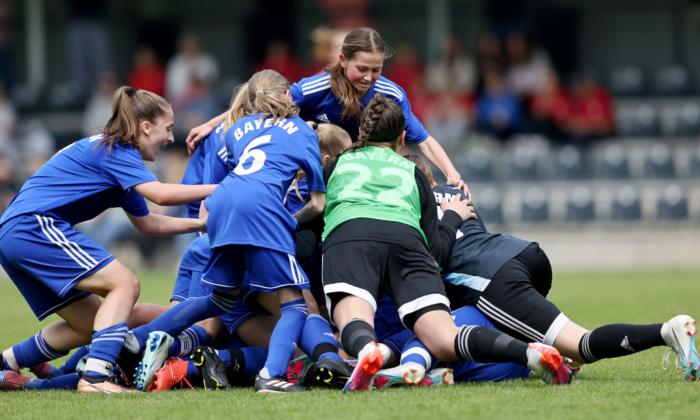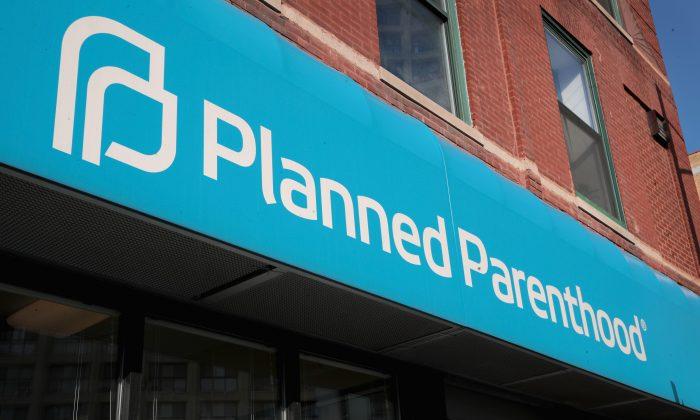California turned the page on juvenile youth prison reform as the state shut down its last three state-run youth lockups on Saturday and passed day-to-day operations of juvenile halls to county probation departments.
The shutdown comes as the state plans to move youth inmates into rehabilitation programs to help decentralizes care of youth offenders and prioritize keeping them closer to home in alternative facilities.
Advocates of this new approach believe it helps children who commit crimes be better served in settings emphasizing education, mental health care, and other supportive services, despite the uncertainty of how this new approach will help troubled youth.
The state-run system had a history marked by inmate suicides and brawls, and allegations of physical and sexual abuse by staff members. And more recently, state facilities had been reserved for the worst offenders—young people who had committed murder, assault, and other serious crimes.

“At the local level, we just don’t have the programs and services, or the culture, that’s ready to handle to the kids with real needs, those dealing with serious trauma,” said Frankie Guzmán, director of the California Youth Justice Initiative at the National Center for Youth Law. He himself spent six years in California’s youth prisons for armed robbery.
The first California facility for troubled youth, the San Francisco Industrial School, was created by the Legislature in 1859 as an alternative to housing children as young as 12 alongside adults in San Quentin and Folsom state prisons.
The state system, in total, included 11 lockups holding about 10,000 youths.
Today, the youth offender population in the remaining state-run facilities was around 300.
In 2019 Gov. Gavin Newsom introduced his juvenile justice reform to end juvenile imprisonment in California and place troubled youth in rehabilitation programs.
The last remaining juvenile youth prison facilities were shut down on June 30 and will be replaced by an array of programs devised by probation departments in California’s 58 counties, many of which have little experience with the long-term care of young people convicted of serious crimes.
Many of the youths being transitioned out of the Division of Juvenile Justice will land in secure youth treatment facilities, units of local juvenile systems that some advocates describe as “concrete jails.”
County probation departments say they are determined to make the law work despite the challenges of a decentralized system. Officials fear smaller counties could struggle with providing care to youth with serious mental health needs, said Chief Probation Officers of California executive director Karen Pank.
And some rural counties in Northern California will have to consolidate and share facilities.
While California has ramped up funding for behavioral health in recent years, not enough of it flows to young people or the state’s 58 county probation departments tasked with handling the new system, Pank said.
“The state must remove barriers and listen to the counties to hear what they really need,” she said.
California will send counties about $230 million annually to help cover those costs.
Jasmine Dellafosse, of the California Alliance for Youth & Community Justice, said despite her concerns about the way the state shutdown has unfolded, the shift paves the way for long-term improvements.





